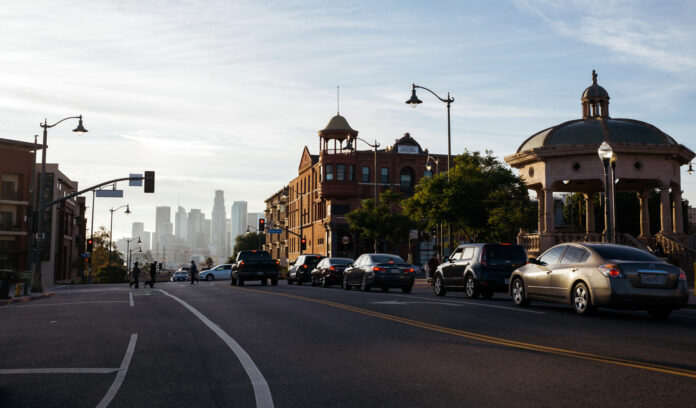
LOS ANGELES — Deaths from COVID-19. Aging baby boomers. Fewer children. Restrictions on immigration.
These factors, as well as the soaring cost of living, are forcing California — long associated in the public imagination as a destination and place of growth — to confront the fact that it is a shrinking state.
For the second time in two years, the California Department of Finance has reported a drop in the state’s population.
California lost 117,552 residents last year, driven largely by the COVID-19 death toll and a sharp drop in foreign immigration. This followed a slightly bigger decline in 2020, when the state lost 182,083 residents — the first time in more than a century that California got smaller.
Officials recorded about 275,000 people leaving California last year, up from about 180,000 in the years before the pandemic. That decline is typically offset by the arrival of immigrants from abroad, but last year that figure plummeted. Before the pandemic, the average annual influx of immigrants was 140,000 people. Last year the figure dropped to 43,300.
The rise in migration out of California, which remains the country’s most populous state with more than 39 million residents, is partly explained by the easing of pandemic restrictions.
“Early on in the pandemic, nobody was going anywhere,” said H.D. Palmer, a Finance Department spokesperson. “As you started coming out of COVID, those people who might have otherwise been inclined to move on did so.”
Palmer said that residents leaving the state for economic reasons was not a new phenomenon, and that the state saw a much greater level of flight in the early 1990s because of the decline of the aerospace and defense industries in Southern California.
“There have been at various levels over the years people moving out of California,” he said. “In part because California is a destination state globally for migrants who will come here, stay for several years, and then move on.”
State officials said that although some Californians are leaving to find cheaper places to live, the state’s population would not have declined if it were not for the pandemic, which both limited immigration and killed current residents — the state had 69,000 excess deaths in 2021.
Still, the latest data is further evidence that California, whose identity has been tied to expansive growth going back to the Gold Rush days, is now a state of stagnant growth. That has already resulted in the state losing a congressional seat for the first time in its 170-year history.
In the state data released this week, most counties in California saw population declines. But there were gains in inland areas, as residents fled the high costs of coastal cities to places like the Central Valley and the Inland Empire, to the east of Los Angeles.
In the coming years, especially if there are no more deadly waves of the pandemic, officials expect the state’s population to stabilize, and perhaps return to slight growth.
Excess deaths have been declining this year, partly because the omicron variant of the coronavirus appears less deadly. Walter Schwarm, California’s chief demographer, said he expected the number of excess deaths to largely disappear if future variants follow a similar path.
But given the long-term trends of declining birthrates — on average, women in California have their first child at 32, up from 27 about a decade ago — California’s days of explosive growth are quite likely gone for good.
“I don’t know that we’re ever going to have growth rates over 1% anymore,” Schwarm said.
This article originally appeared in The New York Times.
Copyright 2022 The New York Times Company













